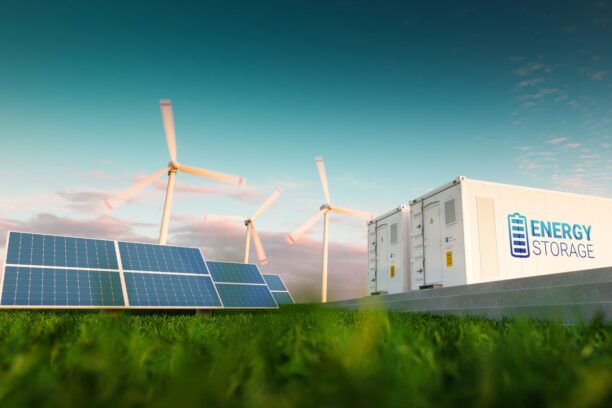Energy Storage and Renewable Energy: The Future of Sustainable Power

About Course
As the global demand for clean, sustainable energy continues to rise, the integration of renewable energy and advanced storage technologies is becoming more crucial than ever. “Energy Storage and Renewable Energy: The Future of Sustainable Power” offers students an exciting and comprehensive journey through the technologies driving the green energy revolution. From lithium-ion batteries powering electric vehicles to solar panels fueling microgrids in remote areas, this course explores how we can harness, store, and manage renewable energy more effectively.
Through real-world applications, emerging technologies, and policy challenges, learners will gain valuable insights into the science, innovation, and strategy behind sustainable power systems. Whether you’re passionate about climate change, curious about green tech careers, or just eager to understand the systems powering our future, this course equips you with foundational knowledge and visionary thinking to help drive the global energy transition.
Course Content
Introduction
Definition of energy storage and renewable energy
00:00Importance of energy storage in renewable energy systems
00:00